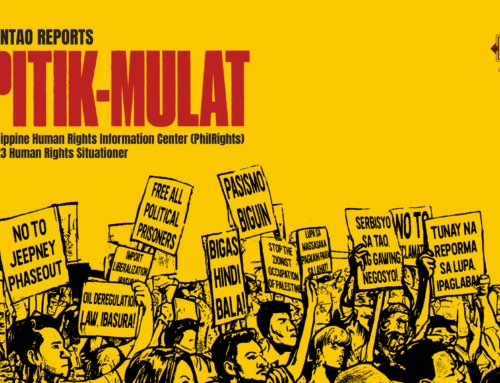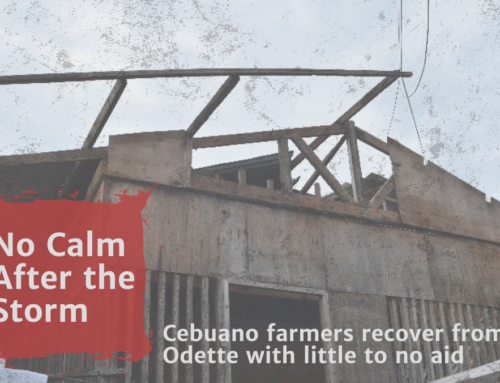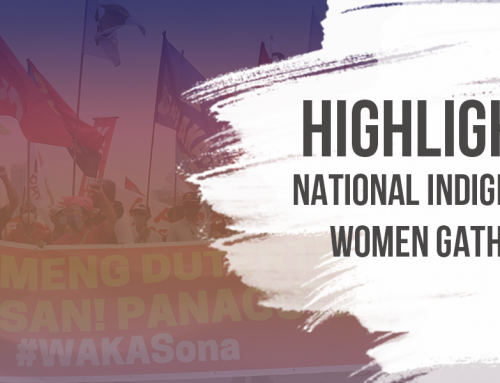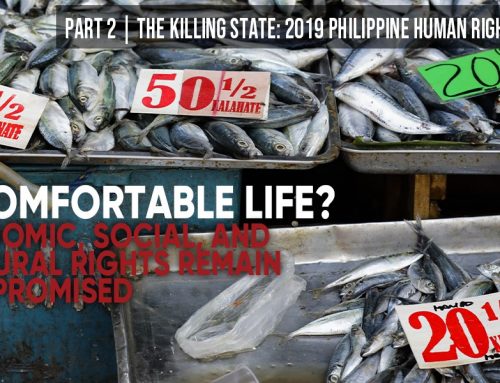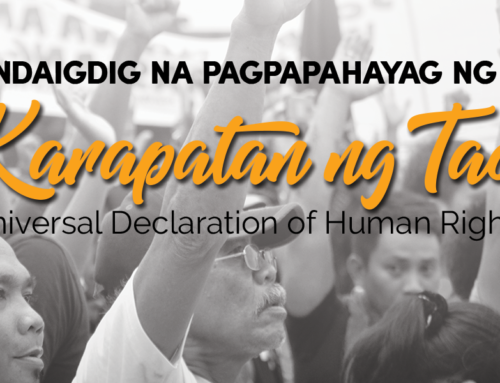I have to confess that yesterday morning, when I heard there would be a moment of silence at the People’s Climate March in New York City, I was doubtful. Not of the purpose of that moment—to honor all of the people who are suffering because of climate change—but of its feasability at a demonstration with thousands of participants.
Yet at 12:57 pm, a minute before the silence was scheduled to begin, a hush spread through the crowd. Soon we were as quiet as the clouds gliding overhead, and by 12:58, nobody was even whispering. After two minutes of profound stillness, the WWF marchers heard cheering ahead—traveling down the march route like a wave—and we added our own voices to it.
That noise, and the demonstration as a whole, marked an incredible moment for the climate movement. We know the research showing the very tangible encroachments climate change has made on ecosystems and human societies around the world—from melting sea ice in the Arctic to the drought in California to hurricanes in Southeast Asia.
But Sunday’s march brought a different sort of tangibility to the table. Two days before world leaders convened in the city for a UN-led summit on climate change, people stepped out into the streets to show those leaders—and the rest of the world—just how much they want their governments to act.
The event’s organizers predicted 100,000 participants; instead, more than 400,000 came. The throngs included members of more than 1,500 partner organizations—including a large delegation from WWF—students from 362 college campuses, and marchers from almost all 50 states. It was a public statement that stretched for 30 blocks.
Among the people I met over the weekend were Mychal Johnson, a Bronx resident who co-leads the environmental justice group South Bronx Unite; Jasper, an earnest eighth-grader who had come from North Carolina with her mother; Ivy, an energy and environmental policy grad student from China; Linda, a banker who’s been environmentally active for more than 20 years; Jim, a member of New York’s historic Riverside Church; and Dr. Saleemul Huq, a Bangladeshi scientist attending the UN summit as a civil society representative.
As we approached Times Square, we passed a huge screen displaying photos from sister marches in Kenya and Colombia—just two of the more than 2,800 solidarity events that took place in 166 other countries. Together, we represented what scientists have been trying to communicate for years: Climate change isn’t just something everyone should care about. It’s something everyone has to care about, because it’s threatening all of us.
For all of its attention-generating power, a march is a bounded event, with a clearly marked beginning and end. As WWF’s buses pulled out of New York last night and headed back to DC, I thought of something Johnson told me before the march: “You can’t go to a march and then just go home. You have to keep working.”
The People’s Climate March won global attention yesterday, but a lot of work remains ahead of us before we reach the breakthroughs in climate policy and renewable energy that our planet really needs. As we gear up for the UN climate talks this week, and the 2015 summit in Paris, we should feel energized: Sunday was a good beginning.



